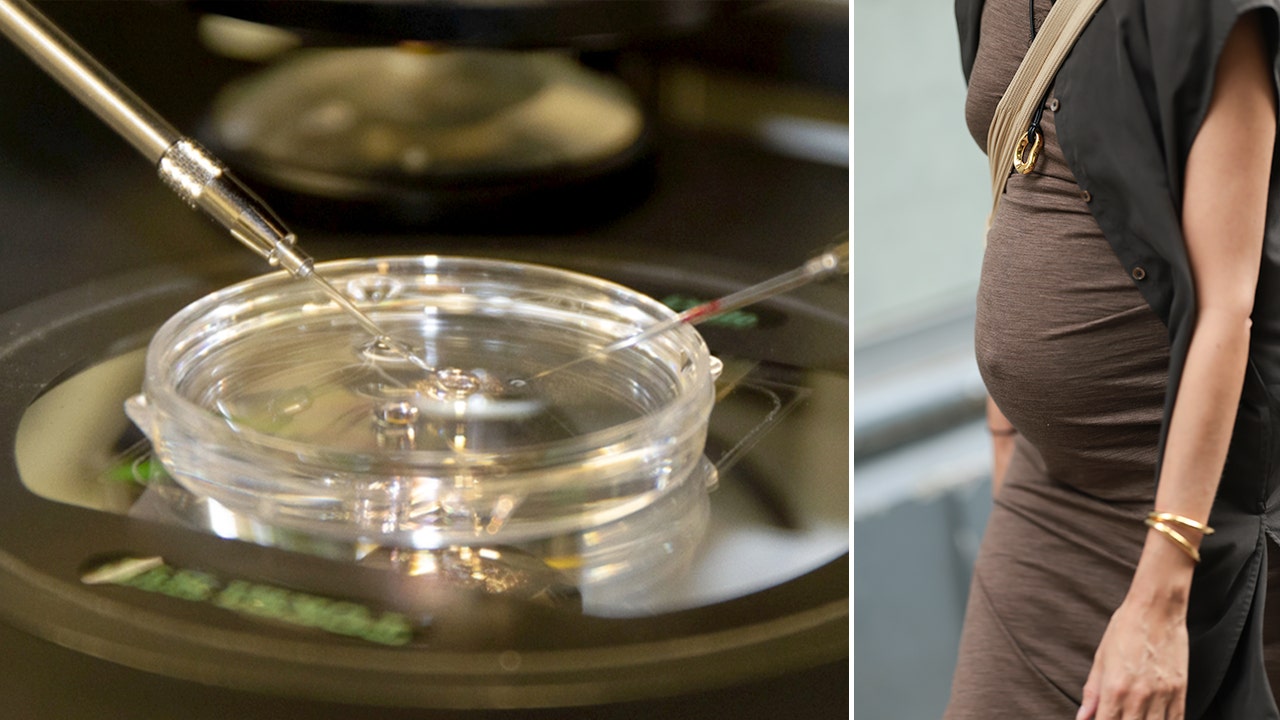By Emma Bussey
Copyright foxnews

Women in their 60s and 70s could theoretically one day give birth to genetically related children, according to scientists pioneering a breakthrough technique that converts DNA from skin cells into human eggs capable of producing embryos. Researchers at Oregon Health and Science University created early-stage human embryos from DNA taken from skin cells and fertilized them with sperm. Although in its infancy, the experimental technique, described in a new study, could open possibilities for older women who have run out of eggs and also same-sex couples who want children genetically related to both partners. While some experts caution the work is still in early stages, they predict that, if successful, the technology could be ready for clinical use within 10 to 15 years. SPERM DONOR’S GENETIC MUTATION LINKED TO CANCER IN 10 CONCEIVED CHILDREN Dr. Paulo Amato, a reproductive endocrinologist and professor of obstetrics and gynecology at Oregon Health and Science University in Portland, told Fox News Digital the discovery and the study were promising. “It is very preliminary work at this stage, but if it were to be successful, it would offer hope for couples and people suffering from infertility, particularly older women who have run out of eggs,” said Amato, who co-authored and co-investigated the recent study. Amato cautioned that even if the method works, carrying a pregnancy at an advanced age poses significant health risks. “We still have to keep in mind that somebody has to carry that pregnancy,” she said. “So, we’re not necessarily advocating for women in their 60s and 70s to be carrying pregnancies, but, theoretically, they could have a child that is genetically related. I would predict this to be in 10 to 15 years, at least.” WORLD ATHLETICS INTRODUCES TESTING FOR GENDER ELIGIBILITY REQUIREMENTS: ‘CANNOT TRUMP BIOLOGY’ The experimental procedure begins with the nucleus of a skin cell, which contains the DNA. Scientists remove that nucleus and insert it into a donor egg that has had its own nucleus stripped away. The egg is then triggered to discard half of its chromosomes, reducing them from 46 to 23. This makes it compatible for fertilization with sperm, which adds the other 23 chromosomes. If successful, the resulting embryo is genetically normal and can be transferred into a uterus to begin pregnancy. MEN FACE DOUBLE DEMENTIA RISK IF THEY HAVE A HIDDEN GENETIC MUTATION The technique could also help women who’ve had previous cancer therapy or transform family planning for same-sex couples. “It would potentially allow for same-sex couples to have a child that’s genetically related to both partners,” Amato explained. “Usually, they have to use eggs from a donor. With this technology, we could use a skin cell from one partner to create an egg, fertilize it with sperm from the other and produce a baby genetically related to both. CLICK HERE TO GET THE FOX NEWS APP “This is preliminary work, and there’s a lot we need to understand before it is ready,” Amato stressed. “All the embryos we created were actually genetically abnormal, with too many or too few chromosomes. We have a lot of work to do.”



